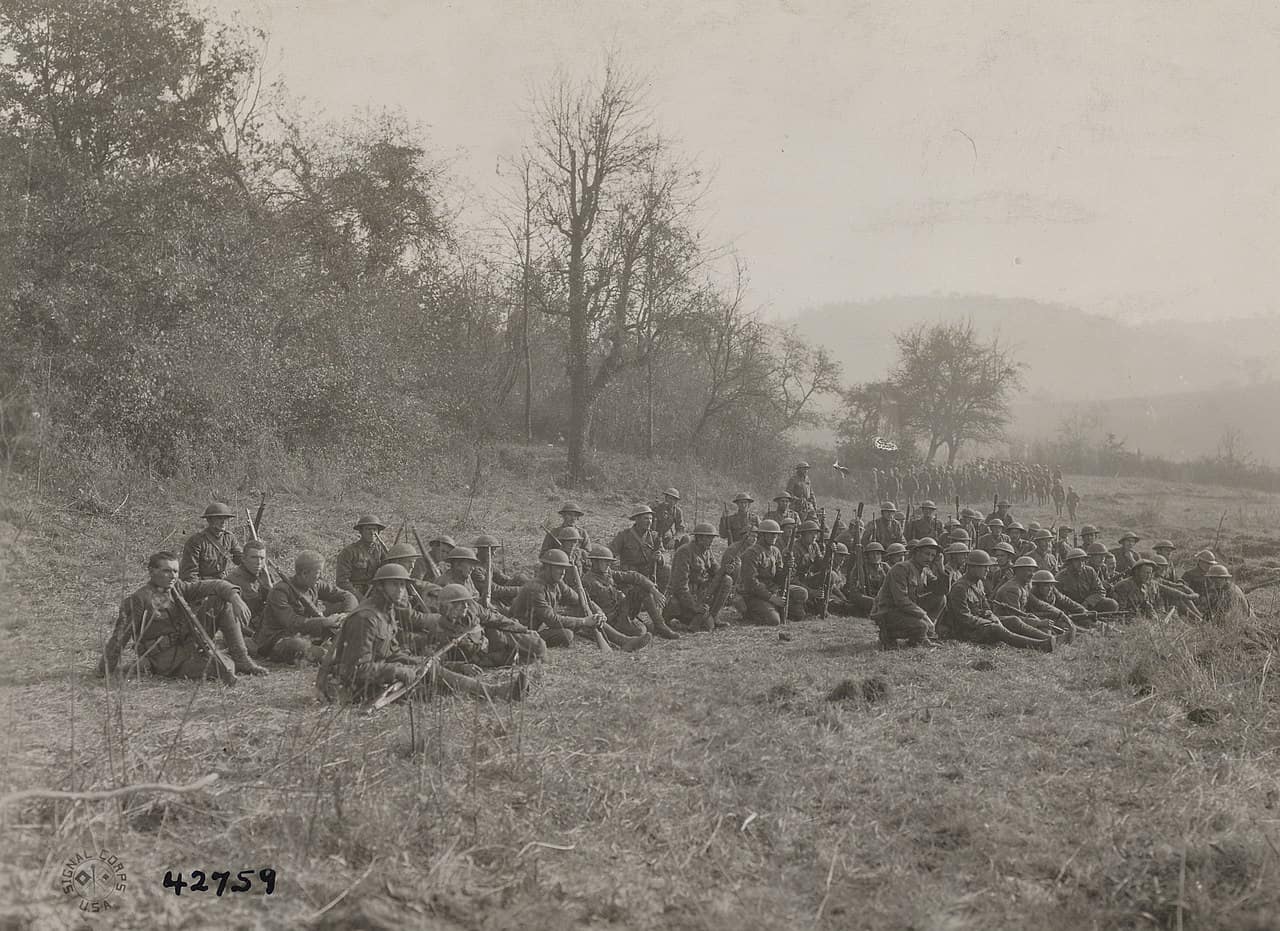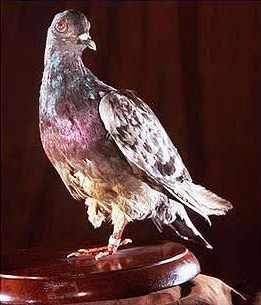
“Awesome!” That was my nephew’s expert opinion after seeing the latest superhero movie. “They had such weird superpowers that they really confused the bad guys. Great movie. Can’t wait to see it again.”
I judged this might not be the best time to explain to him that those weren’t real superheroes. In fact, they weren’t even regular heroes. It was all just Hollywood hype born out of comic books. Mere diversion not worthy of comment.
Real heroes don’t have superpowers. In fact, for the most part, they are ordinary, everyday people who, at times of great stress, may do something out of the ordinary. And they do it, not for lofty reasons, but just because it needs to be done even if there is great personal risk involved. Real heroes are quite rare, often emerging in times of war or during natural disasters where life and death situations can occur daily.
As a result, nations formally praise and salute any true war hero that springs up. America’s top award is the Congressional Medal of Honor “to recognize military personnel who have distinguished themselves by acts of valor.” It is a singular honor.
Consider the heroes of World War I, for example. The second bloodiest war in human history. Brave and heroic deeds occurred with regularity. America committed 4.2 million service personnel to the war (at a time when the total population was only 92 million). Yet the Congressional Medal of Honor was award to only 126 exceptional individuals, the real heroes, the bravest of the brave. An exclusive club. Not superheroes with superpowers, but regular Americans who did super deeds.
Our European allies also recognized America’s extraordinary war heroes. In the most unusual example of recognizing heroism, France awarded the Croix de Guerre (Cross of War) for gallantry in the field, together with the Oak Leaf Cluster from the US government, not to a heroic American soldier or sailor but to a heroic American pigeon—a carrier pigeon named Cher Ami.
Cher Ami became famous on both sides of the ocean as the pigeon that saved the Lost Battalion. His exploits were trumpeted in all the newspapers, a hero.
The story of how this pigeon became a celebrated war hero is no longer well known. Yet one hundred years ago, Cher Ami was famous for saving the troops of the 77th Infantry Division, known as the Lost Battalion, and 194 American soldiers, all that remained of its original 500-man deployment.
Military communication systems during the war may seem somewhat primitive compared with today’s systems. Wireless radio communication was rare. Direct phone lines were most used, but they required physical phone lines that were hard to deploy and were easily cut by the enemy. So, armies still relied on carrier pigeons for low-tech, backup communication. Short, typed messages were inserted into a small canister attached to a pigeon’s leg. The pigeon would then fly the message back to a loft at headquarters at speeds of up to 50 miles per hour. The US Army Signal Corp used about 600 pigeons for this purpose. Cher Ami was one, a veteran having flown over a dozen missions but most famous for the last one.

In one of the fiercest battles of the war, on October 3, 1918, the 77th Battalion, under the leadership of Major Charles Whittlesey, pushed too far into the Argonne Forest in northeast France and became trapped behind enemy lines in a small depression surrounded by German troops. The Germans immediately began shelling the helpless Americans, and, by the following day, half were dead.
The situation soon became even worse. Once US Army headquarters realized that the 77th Battalion was unaccounted for, they ordered a long-range artillery bombardment of the German positions. Unfortunately, since headquarters did not have communications with Major Whittlesey’s battalion, they did not know its exact location, thus the name “The Lost Battalion.” So, when the army’s heavy artillery shelled the German positions, some shells fell on the Lost Battalion as well.
Major Whittlesey was desperate. Completely surrounded by the enemy, who was shelling them continuously. Half his troops dead. No wireless radio. No phone. HQ didn’t know where he was. And now his own forces were also shelling him. The only way to contact HQ was via carrier pigeon. He knew the six pigeons assigned to the battalion were his only way to communicate the situation back to HQ. Unfortunately, the German knew it as well. So, whenever a pigeon was released, the Germans took delight in shooting it down, great sport, like quail hunting but with deadly consequences.
The first five pigeons were quickly shot out of the air followed by cheers from the sharpshooting Germans. Cher Ami, the only remaining bird, but a veteran, was their last hope.
The message that Whittlesey placed in the canister attached to Cher Ami’s left leg simply read, “We are along the road parallel 276.4. Our artillery is dropping a barrage directly on us. For heaven’s sake stop it.”

The Americans watched with great anxiety as the little bird lifted into the sky headed to HQ, their last hope. German bullets filled the air, and just when it looked like Cher Ami might make it, the bird tumbled toward the ground. Hearts sank. But quickly Cher Ami was in the air again, injured but determined to make it. His fluttering and zigzagging flight made a difficult target for the German sharpshooters, and soon Cher Ami was beyond the range of enemy guns but struggled to complete the half-hour flight.
When Cher Ami reached the loft at HQ, he was found lying on his back, badly wounded, covered in blood, blinded in one eye, and with a bullet hole in his breast the size of a quarter. The left leg with the all-important message was almost severed from the body, hanging on by just a few tendons.
The hero pigeon saved the day. The Lost Battalion was found, and the 197 remaining men were rescued.

Army veterinarians saved Cher Ami’s life but could not save the leg. They carved and attached a small temporary wooden leg. Cher Ami was heralded as a true war hero. When well enough to travel, the little one-legged bird was put on a boat back to the United States. General John J. Pershing, commander of the American Expeditionary Force, who was in attendance for the sailing, said, “There isn’t anything the United States can do that would be too much for this bird.”
When Cher Ami died, taxidermists preserved his body, wooden leg and all, and he is now on display at the Smithsonian Museum in their “America At War” exhibit.
Maybe, in a few years when my nephew has outgrown superheroes, I’ll take him to Washington, DC. We’ll visit the Smithsonian and stop to see Cher Ami, a true hero.


